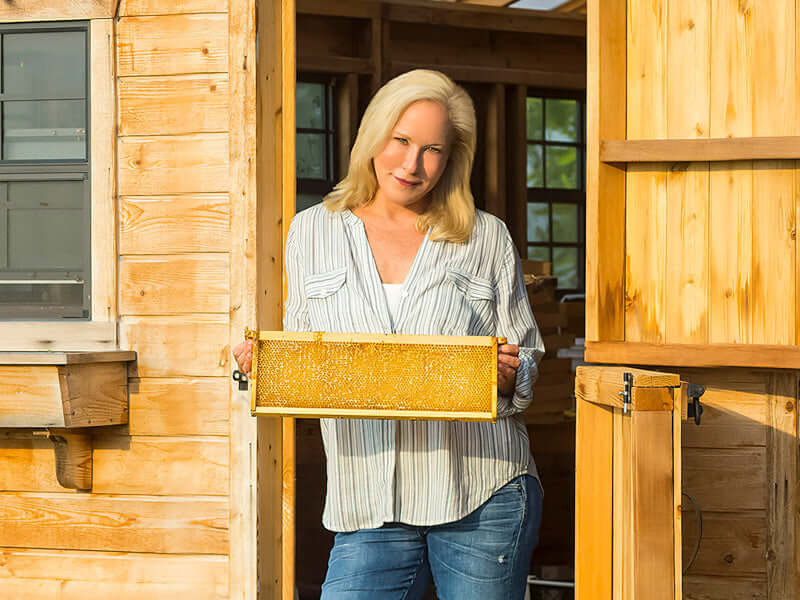Marking the queen was such a foreign concept to me. My friend asked, “What are you doing today”? I said, “I am marking queens.” She said, “What does that mean”? I said, “Picture gently moving bees with your hands or blowing on frames herding bees searching for the queen bee.” She gasped. “You pick through the bees until you find the queen”?
Finding the queen is like searching for a needle in a haystack.
When you find her, you add a colored dot on her back. The color signifies the year that it was marked. More on this soon.
It would help if you were fast to find the queen.
I can’t seem to do this. I never developed the do-it-fast aspect of being a beekeeper. When at the hive, it’s more like slow-motion. Maybe it’s the heat? Not so sure. In modern beekeeping, the beekeeper must know their queen. She dictates the health of the hive.





A primer on Marking the queen:
- Open the hive down to the bottom brood box.
- Visually search for the queen.
- Carefully capture her in a Queen Marking Tube.
- Apply a dot of brightly colored and non-toxic paint from a Queen Marking Pen.
- In theory, this will make her easy to find in the future.

If you wonder why the dot color on the queen changes, wonder-no-more
Every year, the universal queen dot color changes. Beekeepers do this to mark the date of queening.
- White dots represent years ending in 1 and 6.
- Yellow dots signify years that end in 2 and 7.
- Red dots represent years ending with 3 and 8.
- Green is for years 4 and 9.
- Dark blue represents years that end in 5 and 0.
Beekeepers do this to keep track of their queens. There’s a snag in every plan, even in nature. Queens weaken or leave with a swarm. The beekeeper will lose track of how old their queen is when she leaves.

I think that the queen is different enough from all the other bees that she’s easy enough to spot without putting her thru all of that stress, but I digress. I will never forget my first-time queen hunting.












